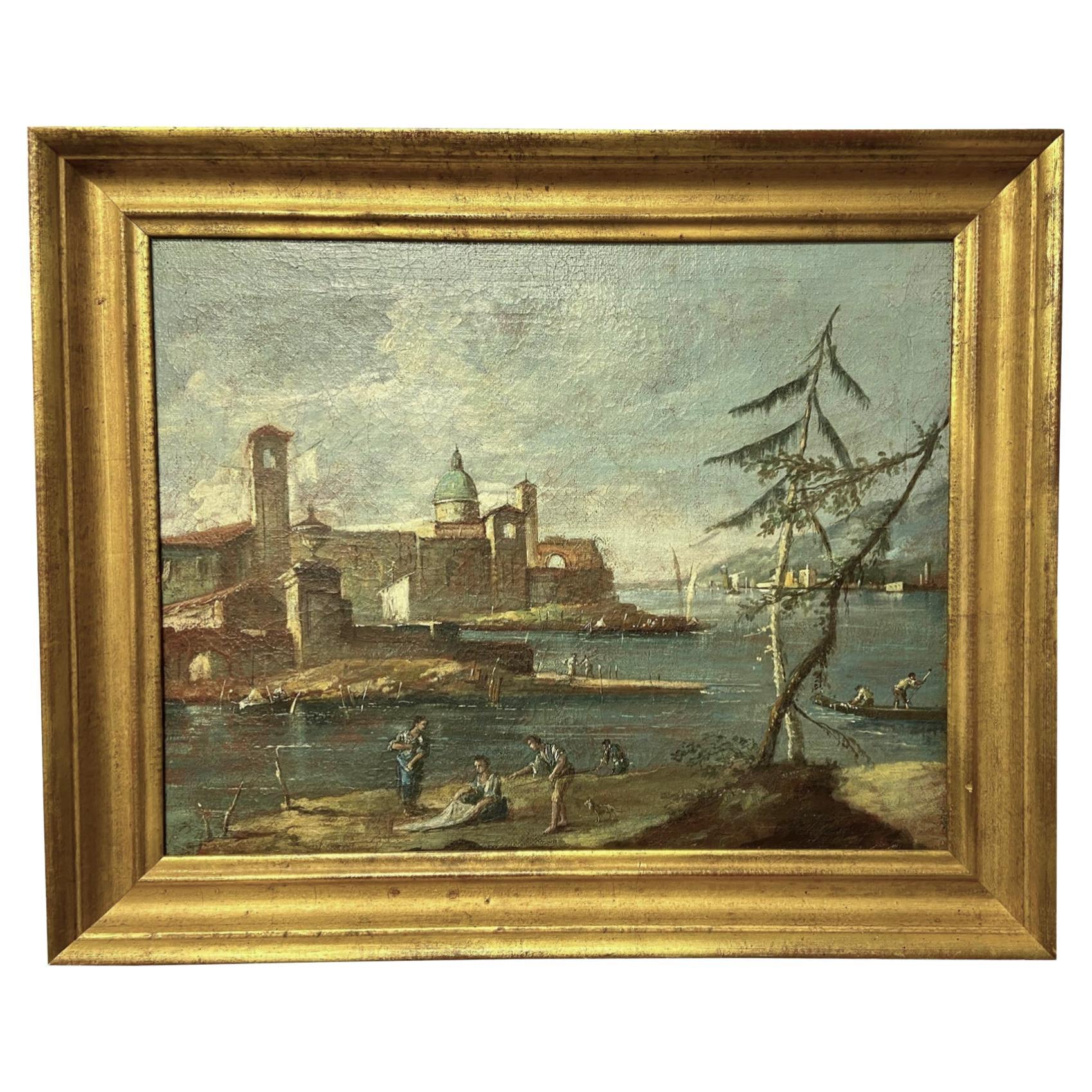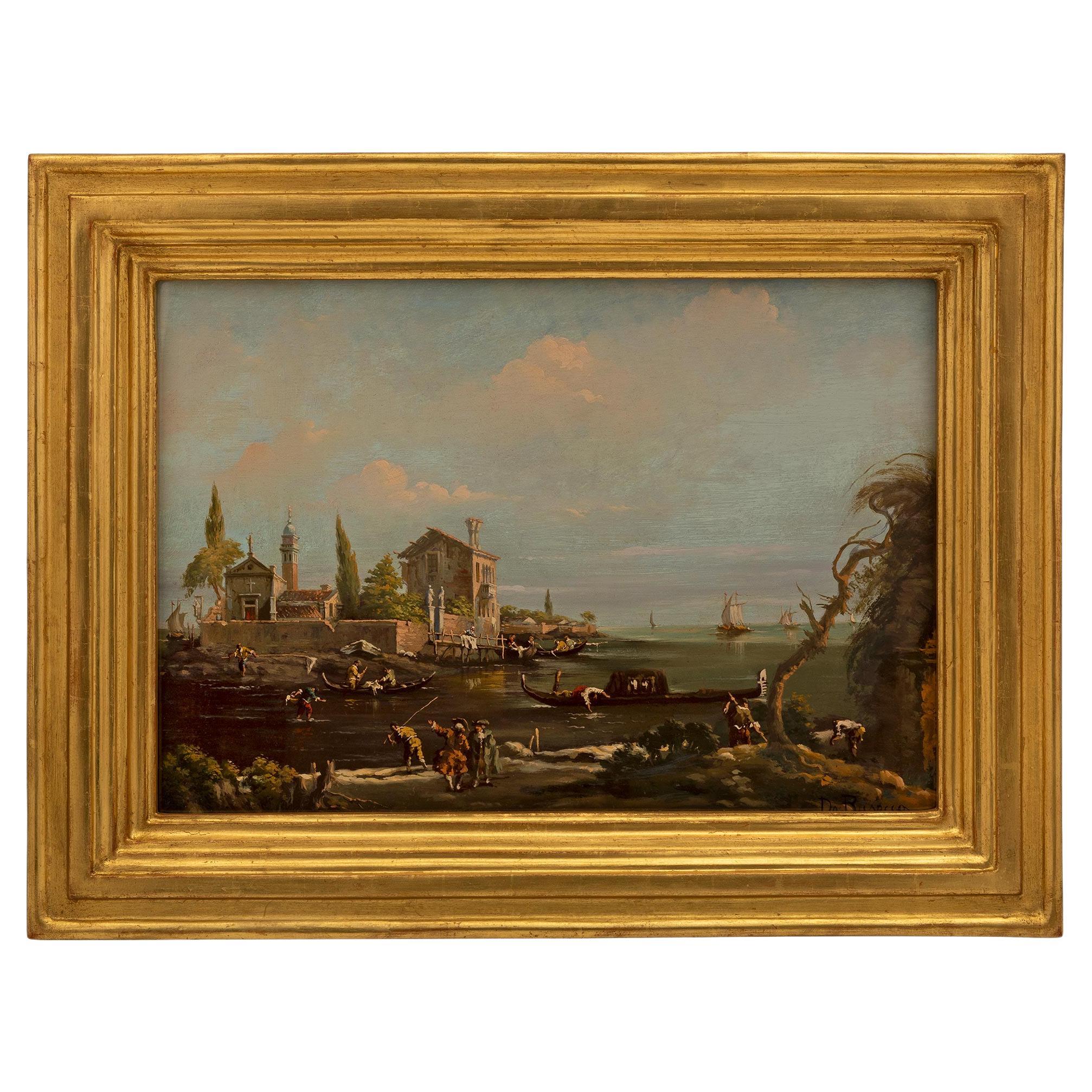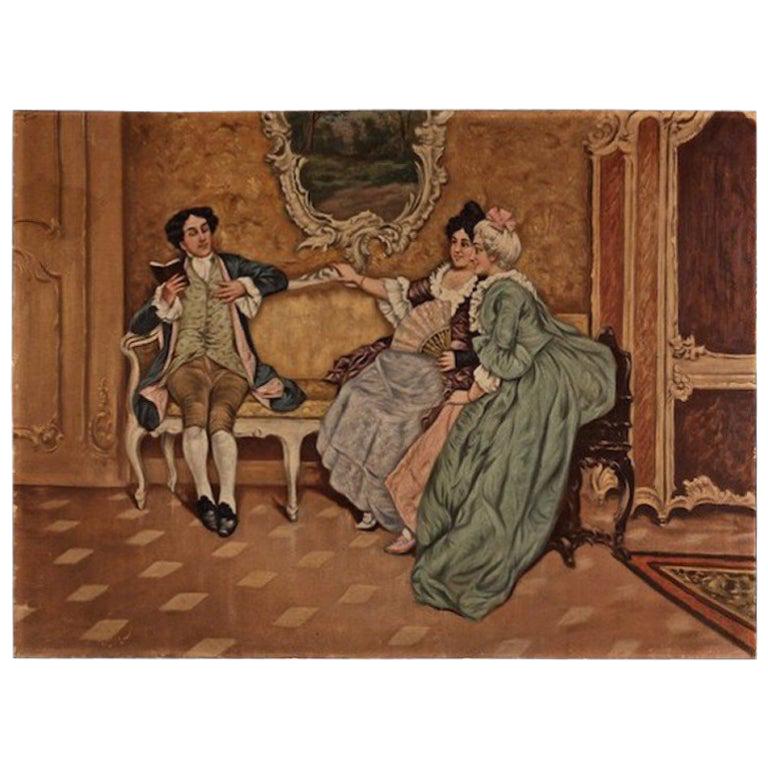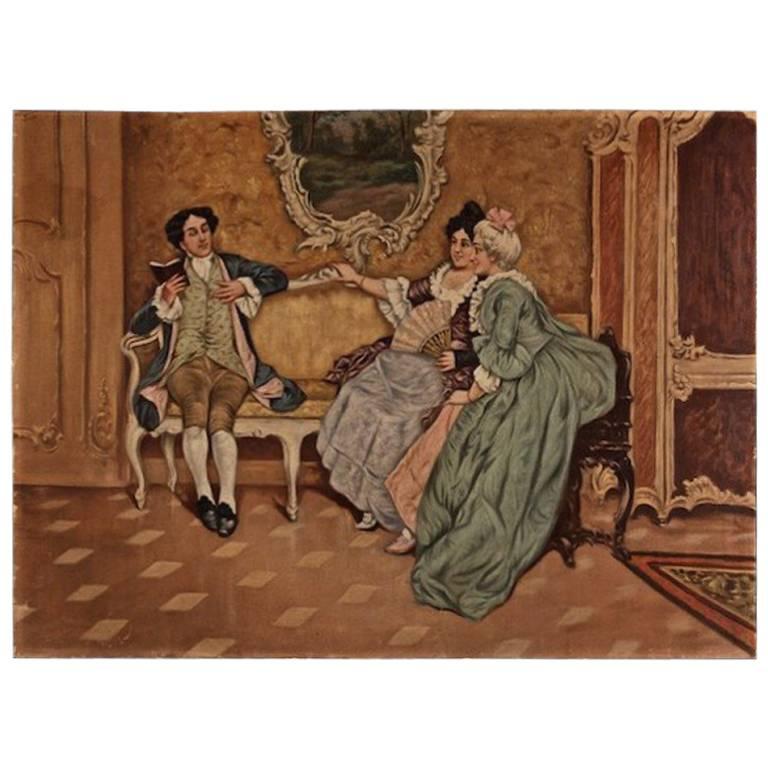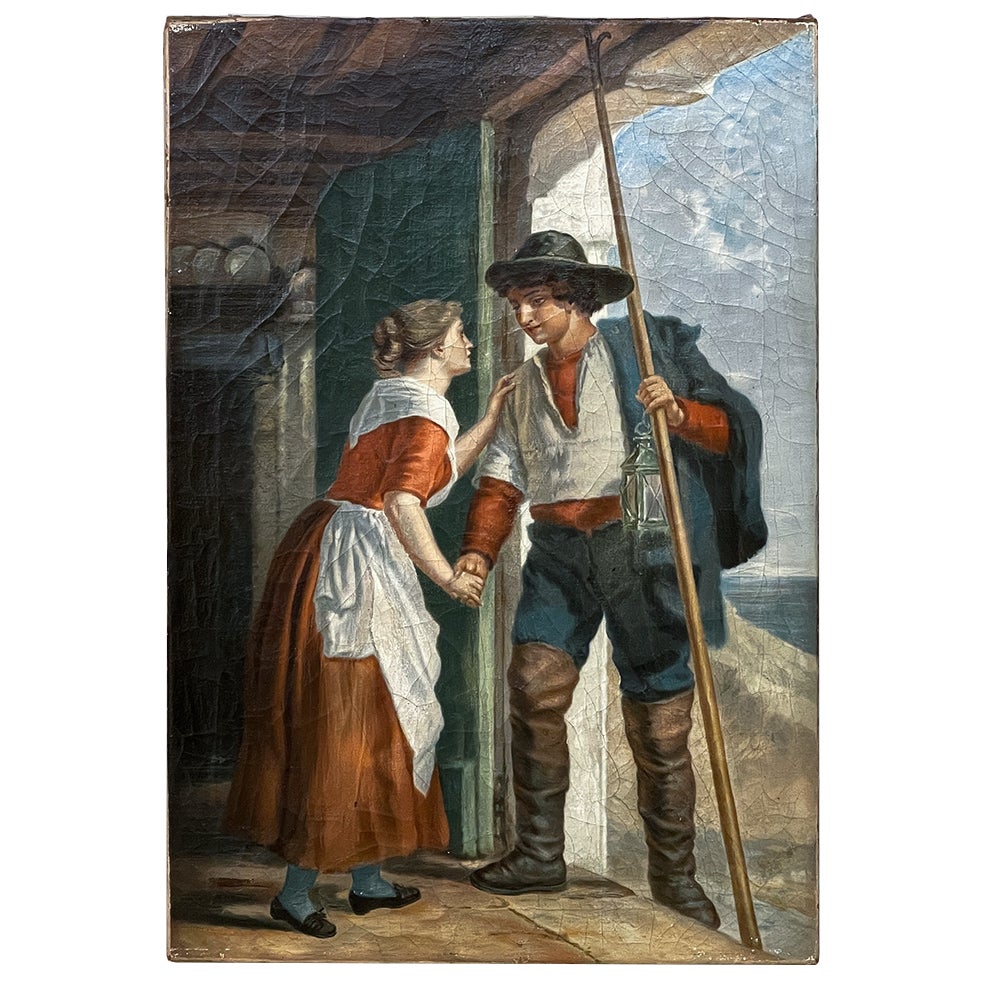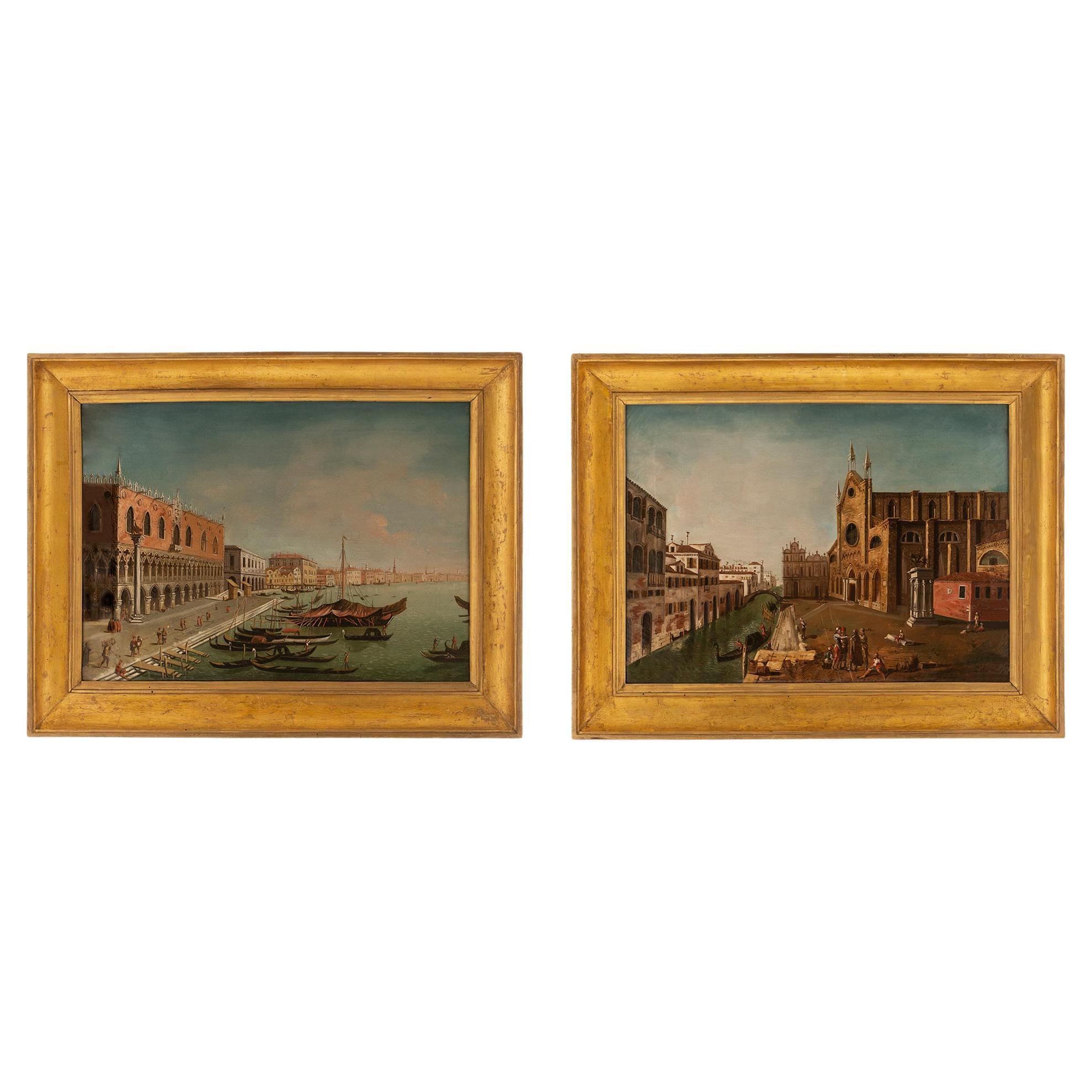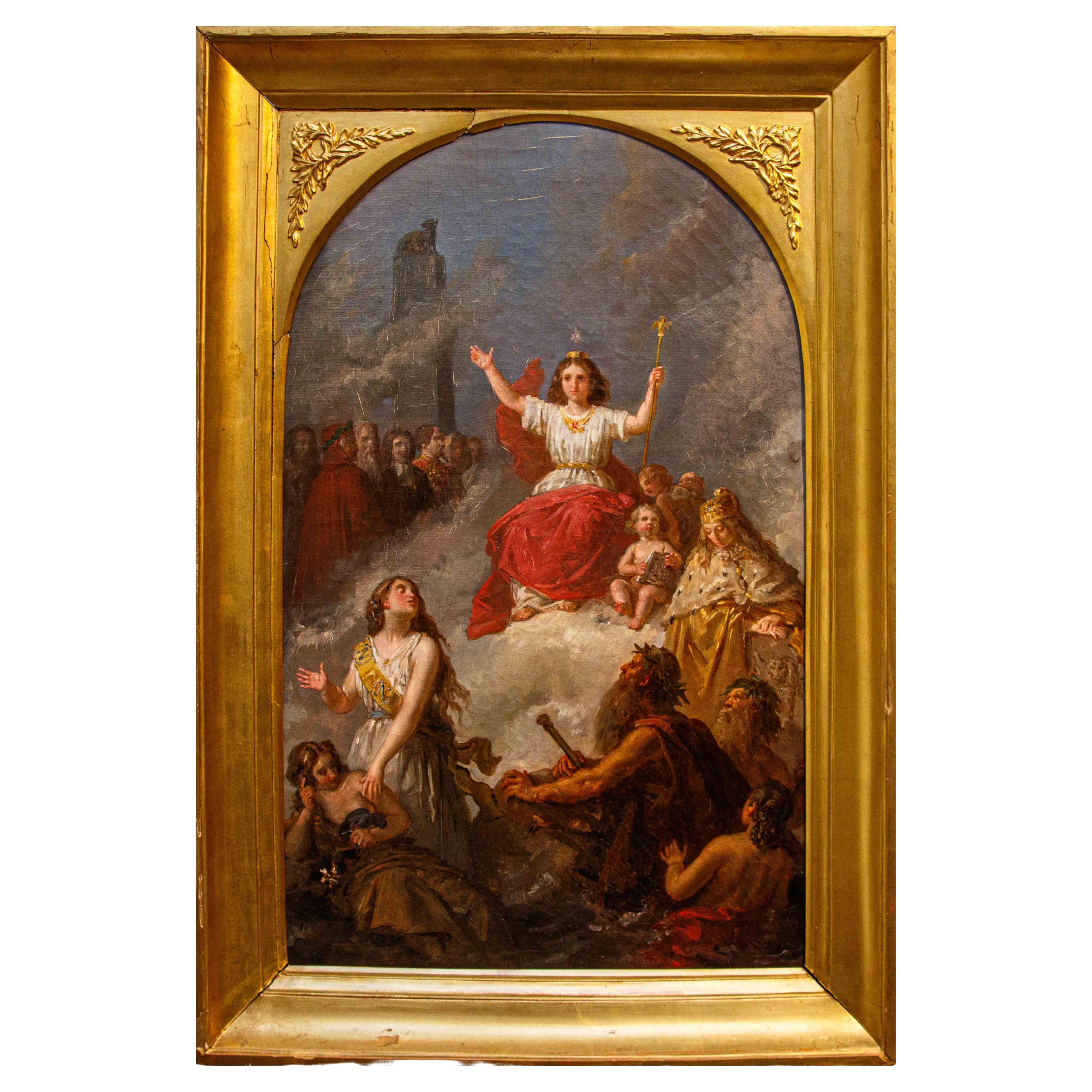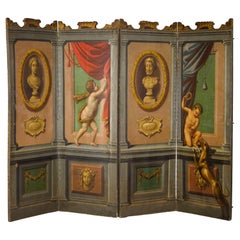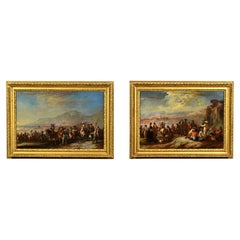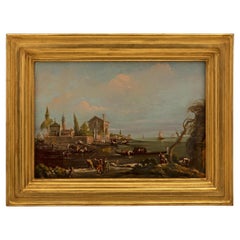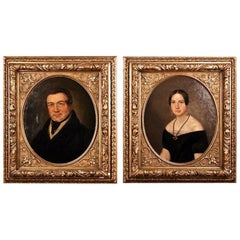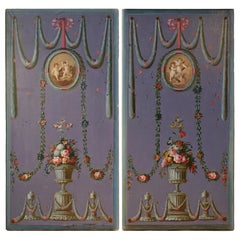
19th Century, Couple of Oil on Canvas Italian Neoclassical Style Paintings
View Similar Items
Want more images or videos?
Request additional images or videos from the seller
1 of 12
19th Century, Couple of Oil on Canvas Italian Neoclassical Style Paintings
About the Item
- Dimensions:Height: 78.75 in (200 cm)Width: 39.77 in (101 cm)Depth: 1.19 in (3 cm)
- Style:Neoclassical (In the Style Of)
- Materials and Techniques:
- Place of Origin:
- Period:
- Date of Manufacture:19th Century
- Condition:
- Seller Location:IT
- Reference Number:1stDibs: LU4405216924401
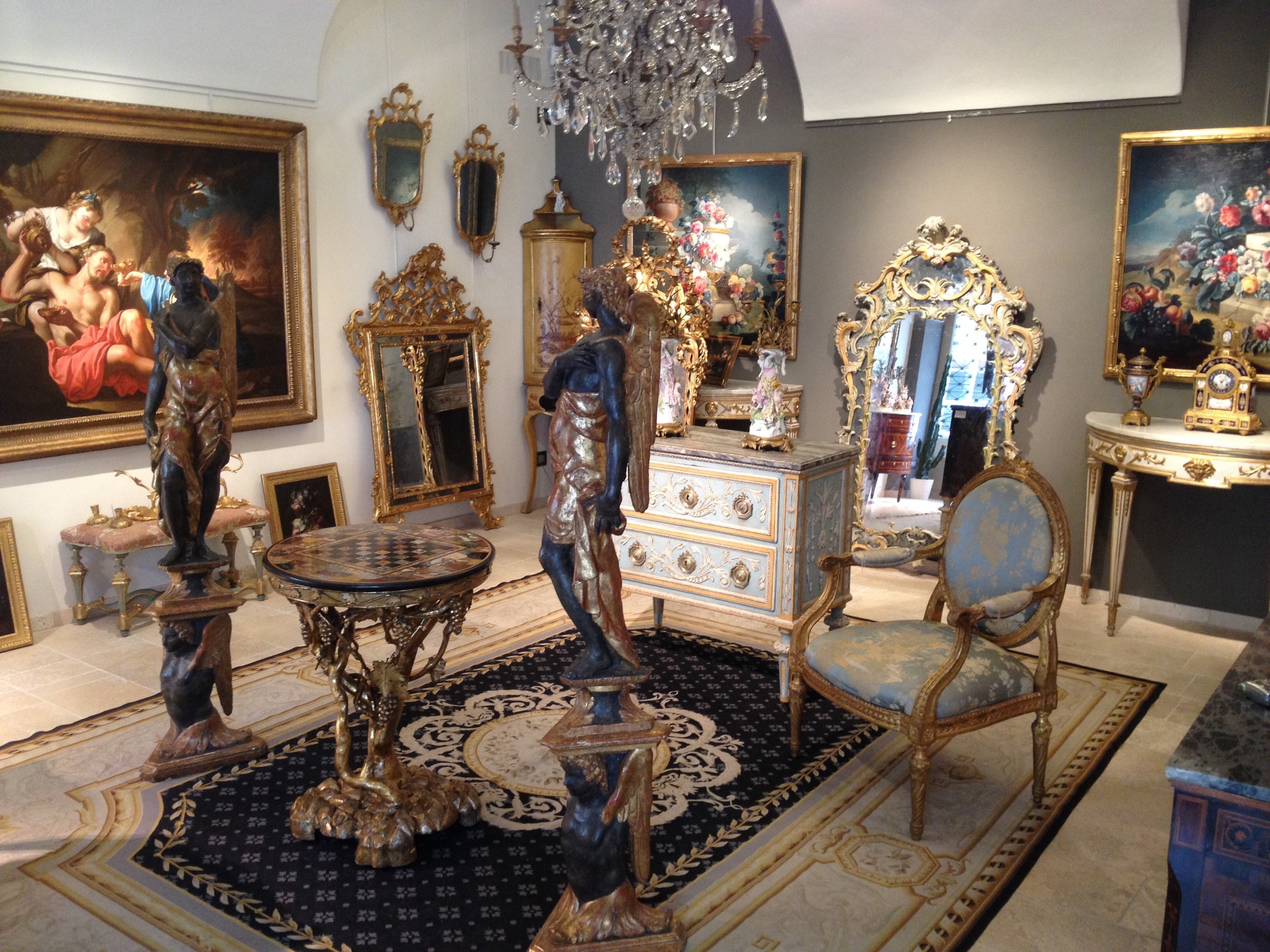
About the Seller
5.0
Platinum Seller
These expertly vetted sellers are 1stDibs' most experienced sellers and are rated highest by our customers.
Established in 1980
1stDibs seller since 2019
43 sales on 1stDibs
More From This SellerView All
- 19th Century, Oil on Canvas, Italian View of the Forum Boario of RomeLocated in IT19th century, oil on canvas, Italian View of the forum Boario of Rome The fine painting represents the Piazza della Bocca della Verità, located in the Ripa district, in the area of the Foro Boario, the oldest market in Rome (Italy). On the right is described the Roman Temple of about 100 B.C. wrongly called of Vesta, circular Corinthian monopter with cell of white marble ashlar and twenty fluted columns. From the 12th century it was reused as a church dedicated to Santo Stefano delle carrozze, then, in the 18th century, in Santa Maria del Sole. On the right you can see the fountain called "dei tritoni" which was built in 1717 on a design by architect Carlo Bizzaccheri. The fountain has a star-shaped bathtub, in honour of the commissioner, the Pope Clement XI...Category
Antique Early 19th Century Italian Neoclassical Paintings
MaterialsCanvas
- 18th Century Italian Neoclassical Oil on Canvas Screen with Trompe L’œilLocated in IT18th century, large Italian neoclassical oil on canvas four panels screen with Trompe L’œil These large screen is composed of four panels in oil on canvas painted. Neoclassical, dating to the second half of the 18th century. Each panel represents a trompe l'oeil, with a classical architecture with square section marble columns and large clogging. Inside the pink space of the first and third panels are painted, as inserted in a niche with bronze frame, ancient busts...Category
Antique Late 18th Century Italian Neoclassical Paintings
MaterialsCanvas
- 18th Century, Italian Pair of Oil on Canvas Paintings by Francesco SimoniniBy SIMONINILocated in ITFrancesco Simonini (Parma, 16 June 1686 - Parma, 1766) “The rest of the soldiers” and “The march of soldiers” oil on canvas The very fine paintings, attributable to the painte...Category
Antique Early 18th Century Italian Baroque Paintings
MaterialsCanvas
- 19th Century, Italian Oil on Canvas, Market at Giaveno Tower by Carlo PiacenzaBy Carlo PiacenzaLocated in ITCarlo Piacenza (Italy -Turin, December 3, 1814 - Castiglione Torinese, 1887) Market at the Giaveno Tower Italy, Piedmont, 1850-1860 Oil on canvas The oil on canvas pain...Category
Antique Mid-19th Century Italian Romantic Paintings
MaterialsCanvas
- 18th Century, Italian Oil on Canvas Painting with Landscape with RuinsLocated in IT18th century, Italian oil on canvas painting with landscape with ruins Measures: only the canvas cm W 97.5 x H 108; with the frame cm W 103.5 x H 114 x D 5 The fine oil on canv...Category
Antique 18th Century Italian Baroque Paintings
MaterialsCanvas
- 18th Century Italian Oil on Canvas Painting with Battle by Antonio CalzaBy Antonio CalzaLocated in ITAntonio Calza (Italy, Verona, 1653-18th April 1725) "Battle between Christian and Turkish cavalry with castle" The painting depicts a bloody battle between Christian and Turkish cavalry. Characterized by dynamism, intensity of color and light, the main scene occupies the lower horizontal section of the canvas, optically interrupted by the black fumes of the shots from which emerge, on the left, the towers of a fortress. On the right, in the distance you can see the combat in progress in the countryside, beyond which you can see the pale presence of hills that create a fifth, marking the horizon. To frame the scene contributes to the left, against light and in the foreground, a portion of the wall. The painter, however, introduces a horse on the ground, of which we see only the back, a ruse to involve the observer making him become active and participate in the scene. In the foreground, lifeless bodies, wounded horses and, scattered on the ground, weapons and a drum enhance the drama of the clash. The excitement and expressive force, the intense chromatic range attentive to the conditions of light and the fine brushstrokes, decisive and dramatic, suggests the attribution to Antonio Calza, one of the most important painters of battles of the seventeenth century, excellent student and continuator of the greatest interpreter of the genre, Jacques Courtois called il Borgognone (Saint-Hyppolite 1621 - Rome 1676). Il Borgognone, although not having had a real school or direct students, places itself as a primary reference point by the Italian and foreign "battaglisti". The genre of battle painting found great success in the collections of the Italian and European nobility of the seventeenth and eighteenth centuries. The battles of the Italian Renaissance, in which the scene converged towards a precise protagonist, evolve towards a type of combat "without hero". The bloody realism of the details and the dynamic development of the narrative confuse the figure of the protagonist, when present, to give importance to the swirl of horses and armed fighters, among which, moreover, does not emerge a winner. The certain documents relating to the life and movements of Antonio Calza are scarce; it was equally difficult to reconstruct, from the critics, a catalogue of autograph works. Through paintings in private collections, in museums and paintings passed on the antiques market it has been possible to identify a copious corpus of works that can be traced back to his hand. The work of art historians, together with that of antique dealers, in conferring proper attributions in order to best outline the figure of Calza, continues but studies are still in progress. In this sense, the work of Giancarlo Sestieri should certainly be noted, who investigated the artistic production of the battaglisti and Calza, thus allowing the comparison of the numerous photographic works reported, to identify and recognize the stylistic qualities that distinguish the corpus of paintings assigned to him today. Antonio Calza was born in 1653 in Italy, in Verona and in 1664 he entered the school of Carlo Cignani in Bologna, dedicating himself to painting battles and landscapes. He then perfected in Rome, where he knew the works of the then undisputed head of the sector, Jacques Courtois called the Burgundian. In 1675 he returned to Verona and married an 88-year-old widow who, dying, left him a rich inheritance. Much appreciated by the nobility and the bourgeoisie, he received numerous commissions. Bartolomeo Dal Pozzo (Le Vite de' pittori, de gli scultori et architetti veronesi, 1718) praises "three great paintings of battles...Category
Antique Late 17th Century Italian Baroque Paintings
MaterialsCanvas
You May Also LikeView All
- 19th Century Italian Oil on Canvas Painting, Style of GuardiBy Francesco GuardiLocated in Bradenton, FLA beautiful 19th century Italian oil painting on re-lined canvas presented in a gilded wooden frame. Done in Guardi style with gold frame. The...Category
Antique 19th Century Italian Baroque Paintings
MaterialsPaint
- Italian 19th Century Oil on Canvas PaintingLocated in West Palm Beach, FLA beautiful Italian 19th century oil on canvas painting. The painting depicts a beautiful Italian scene of personages going about their day with charming boats and a house on the wat...Category
Antique 19th Century Italian Paintings
MaterialsCanvas, Giltwood
- 19th Century Biedermeier Oil on Canvas Portrait of a CoupleLocated in Berlin, DEBiedermeier portrait of a couple, circa 1830-1850. Two elaborately restored portraits painted on a new wedge frame. Oil on canvas with gold frame...Category
Antique 19th Century French Biedermeier Paintings
MaterialsCanvas
$6,378 Sale Price20% Off - 19th Century Portrait of Tiziano and Rembrandt Couple of Paintings Oil on CanvasLocated in Milan, IT19th century Portrait of Tiziano Vecellio and Rembrandt Measures: (2) Oil on canvas, 25 x 18.5 cm Frame 46 x 37 cm The two portraits depicting the artists Tiziano Vecellio and Rembrandt are to be counted among the reproductions of those famous self-portraits made by the two painters throughout their careers. As far as Titian is concerned, the artist creates numerous self-portraits that shoot him in different ages of his life and in different poses from time to time. An example is the one kept in the Prado Museum (Tiziano Vecellio, Self-portrait, 1560, oil on canvas, 86 × 65 cm, Museo del Prado, Madrid), which portrays the now elderly master, as in the present case. The thick white beard reaches almost to the chest, depicted almost in profile, while here the bust is frontal and the face turned three-quarters; his gaze is then turned to the outside of the painting and his expression seems tired and thoughtful. The broad forehead is uncovered and cut by a tight black bonnet from which no hair comes out. A thin white collar separates the face from the rest of the body dressed in an elegant and sober black dress, just like in this portrait. The figure clearly emerges from the background devoid of objects or furnishings, so that nothing distracts our gaze from the image of the famous artist who thus wants to be remembered. Another example is the self-portrait in Berlin (Self-portrait, 1552, 96 x 75 cm, Staatliche Museen, Berlin), which depicts the elderly artist, but decorated with a rich dress and placed in a physical space. Finally, the lost self-portrait in oil on paper, cited by Vasari in his Lives in 1545, keeps a low profile, as evidenced by the rather modest dress...Category
Antique 19th Century Italian Paintings
MaterialsCanvas
- 19th Century Rococo Style Painting Oil on CanvasLocated in Berlin, DERococo paintings, circa 1900. Oil on canvas. (S-62).Category
Antique 19th Century German Rococo Paintings
MaterialsCanvas
- 19th Century Rococo Style Painting Oil on CanvasLocated in Berlin, DERococo paintings, circa 1900. Oil on canvas. (S-62).Category
Antique 19th Century German Rococo Paintings
Recently Viewed
View AllMore Ways To Browse
Pair 19th Century Small Oil Painting
Putti Oil Painting
Italian 18th Century Tapestries
Italian 19th Century Tapestry
18th Century Italian Pottery
18th Century Architectural Facades
Tapestry Door
18th Putti Painting
Large Antique Floor Vases
Antique Large Floor Vase
15th Century Tapestry
Large Shutters
Antique Shutter Doors
Italian Floral Pottery
Italian Renaissance Pottery
Vault Door
Pompeian Style
Antique Window Shutters
